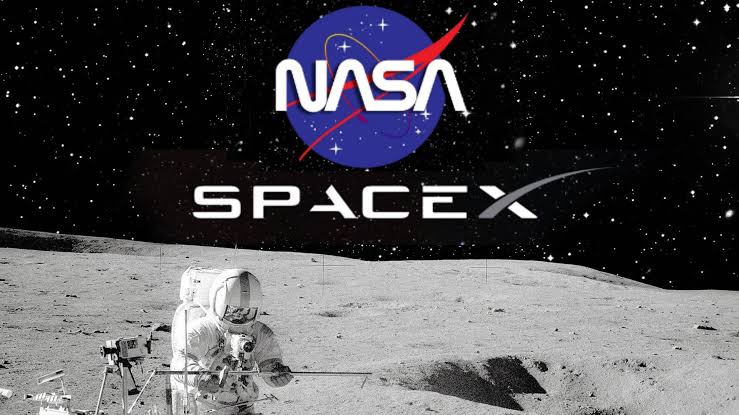
NASA and SpaceX have signed a Space Act Agreement in order to examine the viability of lifting the Hubble Space Telescope to a higher orbit and therefore extending its useful life. The strategy will make use of a Dragon spaceship from SpaceX.
Following an exhaustive six-month analysis, which will also decide whether NASA and the private sector could work together, more information about the project will be made public.
According to the NASA press release, Thomas Zurbuchen, associate administrator for the Science Mission Directorate at NASA Headquarters in Washington, this study is an intriguing example of the innovative techniques NASA is investigating through private-public partnerships.
What does this mean for American space research?
Because its mirror had been somewhat deformed when it was grounded, the Hubble experienced eyesight problems after entering orbit in 1990. On a space shuttle trip in 1993, astronauts solved that issue. The space shuttle Atlantis released Hubble at a height of around 350 miles following the NASA astronauts’ fifth and final repair mission in 2009. The telescope has dropped almost 20 miles during the past 13 years.
The space shuttle’s bay doors are open, and the cargo area appears to be covered in iridescent bronze foil. An astronaut is tethered to a large mechanical arm that moves toward the Hubble Space Telescope, which is attached to a space shuttle over Earth.
Although Hubble is not in immediate danger of collapsing from the sky, when it bumps up against air bubbles, its orbit will inevitably and slowly decrease. By the end of the decade, it’s conceivable that the space telescope will have sunk to the point where NASA will need to plan how to steer its re-entry and destruction so that it falls harmlessly into the ocean — unless someone can push it back up again.
The Crew Dragon spacecraft, which is currently NASA’s main means of transportation for humans and cargo going to and from the International Space Station, is where SpaceX believes it can fill that gap.
How does SpaceX fit into this scenario?
Hubble has been a very successful astronomical instrument. Over the course of its existence, more than 1.5 million observations have been made, and as a result, about 19,000 academic research publications have been published.
Just this year, it has observed the most distant star in the entire universe, imaged the largest comet ever discovered and assisted in capturing footage of the Dart probe’s collision with an asteroid this past week.
It is hoped that NASA will work with the James Webb telescope, which was founded as its alternate at the end of last year, for many years to come.
In order to do more than simply raise the telescope, the study will look at how Elon Musk’s company might send a commercial crew to Hubble in one of its Dragon capsules.
SpaceX to boost Hubble’s orbit
According to NASA, SpaceX approached the organization with the proposal to use Dragon to raise Hubble’s orbit. SpaceX discussed the possibility of using a crew for the expedition but said that depending on what the analysis shows, a crew may not be required in the mission.
NASA and SpaceX made hints that if the mission were to receive funding in the future, millionaire Jared Isaacman might take part. Polaris Dawn is a series of human spaceflight missions that Isaacman has contracted with SpaceX to carry out. Early in 2019, the program’s first flight is scheduled, during which one of the crew members will conduct a planned spacewalk while wearing a newly created SpaceX spacesuit.
Apart from all these, SpaceX has previously worked with NASA with putting out rockets and other projects.